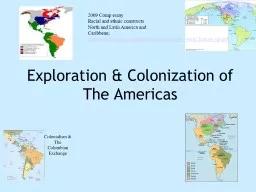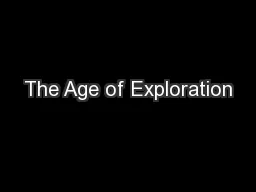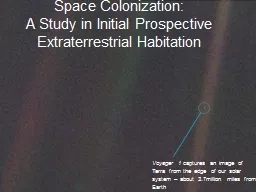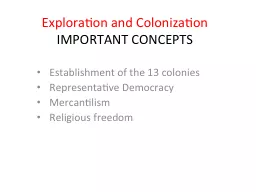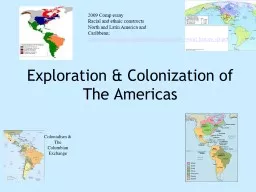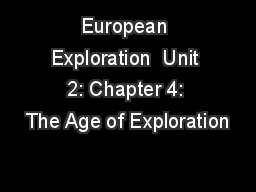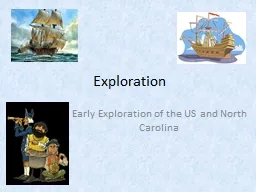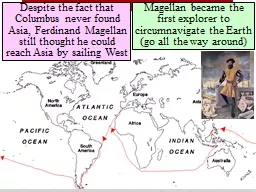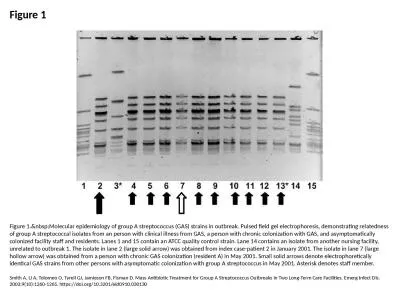PPT-Exploration & Colonization of The Americas
Author : studmonkeybikers | Published Date : 2020-06-29
2009 Comp essay Racial and ethnic constructs North and Latin America and Caribbean https securemediacollegeboardorgapcap09worldhistoryq3pdf I The Spanish Caribbean
Presentation Embed Code
Download Presentation
Download Presentation The PPT/PDF document "Exploration & Colonization of The A..." is the property of its rightful owner. Permission is granted to download and print the materials on this website for personal, non-commercial use only, and to display it on your personal computer provided you do not modify the materials and that you retain all copyright notices contained in the materials. By downloading content from our website, you accept the terms of this agreement.
Exploration & Colonization of The Americas: Transcript
Download Rules Of Document
"Exploration & Colonization of The Americas"The content belongs to its owner. You may download and print it for personal use, without modification, and keep all copyright notices. By downloading, you agree to these terms.
Related Documents

